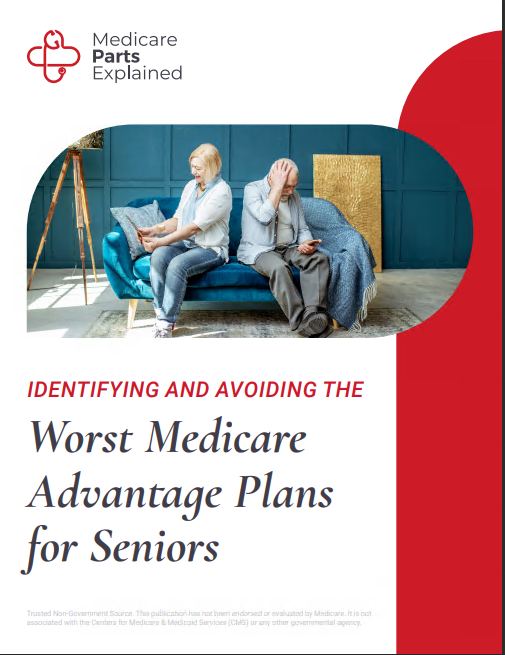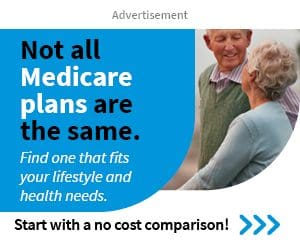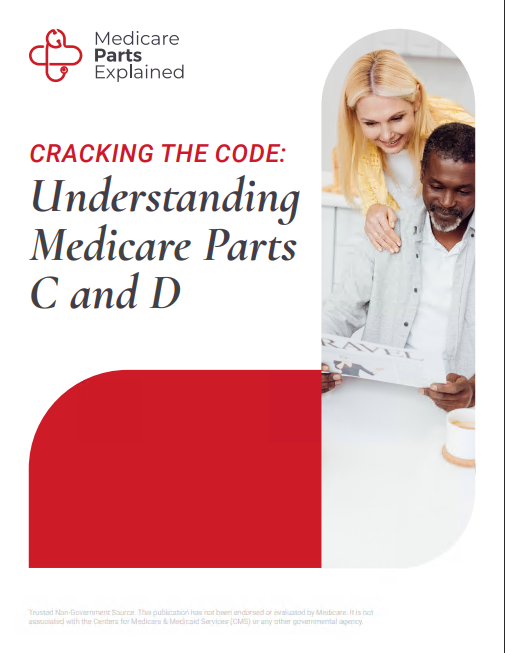Key Takeaways:
- Medicare Part D helps cover the cost of prescription drugs, making it easier for beneficiaries to manage their medication expenses.
- Understanding how to enroll and choose the right plan can significantly impact your out-of-pocket costs and access to necessary medications.
Medicare Part D Explained: The Easy Way to Get Your Meds Covered
Medicare Part D is a crucial component of Medicare that provides prescription drug coverage to millions of Americans. Navigating this part of Medicare can seem daunting, but understanding the basics can make the process much simpler. This guide will break down what Medicare Part D is, how it works, and provide practical tips for choosing and enrolling in a plan that suits your needs.
What is Medicare Part D and Why You Need It
Medicare Part D is the section of Medicare that helps cover the cost of prescription drugs. Introduced in 2006, it was created to reduce the financial burden of medication costs for Medicare beneficiaries. Without Part D, many people on Medicare would face significant out-of-pocket expenses for their medications, potentially leading to skipped doses or untreated health conditions.
Having Medicare Part D ensures you have access to the medications you need to maintain your health. This coverage can be particularly important for individuals with chronic conditions that require regular prescriptions. By enrolling in Medicare Part D, you can save money on your prescriptions and avoid the financial stress of high medication costs.
How Does Medicare Part D Work?
Medicare Part D plans are offered by private insurance companies approved by Medicare. These plans vary in terms of cost and the specific drugs they cover, but all must meet a minimum standard of coverage set by Medicare. Here’s how Medicare Part D typically works:
- Monthly Premiums: You pay a monthly premium for your Part D plan. This amount can vary widely based on the plan you choose.
- Deductibles: Some plans require you to pay a deductible before your coverage kicks in. For 2024, the maximum deductible is $545, though some plans may have lower deductibles or none at all.
- Copayments and Coinsurance: After meeting your deductible, you’ll pay either a copayment (a set amount) or coinsurance (a percentage of the cost) for your prescriptions.
- Coverage Gap (Donut Hole): There’s a temporary limit on what the drug plan will cover for drugs. In 2024, once you and your plan have spent $5,030 on covered drugs, you enter the coverage gap. In this phase, you may pay up to 25% of the cost for your drugs until your total out-of-pocket costs reach $8,000.
- Catastrophic Coverage: After spending enough to get out of the coverage gap, you enter catastrophic coverage, where you only pay a small coinsurance amount or copayment for the rest of the year.
Choosing the Right Plan for Your Needs
Selecting the right Medicare Part D plan can have a big impact on your out-of-pocket costs and access to medications. Here are some tips to help you choose the best plan:
- List Your Medications: Make a list of all the medications you take regularly, including dosages and frequencies.
- Compare Plans: Use the Medicare Plan Finder tool on the Medicare website to compare different plans available in your area. Pay attention to the plan’s formulary (the list of covered drugs), premiums, deductibles, and out-of-pocket costs.
- Check Pharmacies: Some plans offer lower costs if you use certain pharmacies. Make sure the plan you choose includes a pharmacy that’s convenient for you.
- Consider Star Ratings: Medicare rates Part D plans on a 5-star scale based on quality and performance. Higher-rated plans may offer better customer service and fewer problems with coverage.
- Review Annual Changes: Plan details can change each year, so review your plan’s annual notice of change to ensure it still meets your needs.
What’s Covered Under Medicare Part D?
Medicare Part D plans cover a wide range of prescription drugs, but each plan has its own formulary. Here’s what you need to know about what’s typically covered:
- Formulary Tiers: Drugs on the formulary are divided into tiers. Lower tiers usually include generic drugs and have lower copayments, while higher tiers include brand-name and specialty drugs with higher out-of-pocket costs.
- Required Coverage: All Part D plans must cover certain categories of drugs, including at least two drugs in each therapeutic category and class. They must also cover most vaccines and drugs needed to treat cancer.
- Prior Authorization: Some drugs may require prior authorization from your plan, meaning your doctor must first show that the drug is medically necessary.
- Step Therapy: Some plans may require you to try a less expensive drug before covering a more expensive one.
- Quantity Limits: Plans may limit the amount of a drug you can get at one time.
Tips for Lowering Your Prescription Costs
Even with Medicare Part D, prescription costs can add up. Here are some strategies to help reduce your out-of-pocket expenses:
- Use Generic Drugs: Whenever possible, opt for generic drugs instead of brand-name ones. Generics are just as effective but typically cost much less.
- Review Your Plan Annually: Each year, during the Medicare Open Enrollment Period (October 15 to December 7), review your plan to make sure it still offers the best coverage for your needs. Switching plans can sometimes save you money.
- Look for Assistance Programs: There are various programs available to help with prescription drug costs, such as the Extra Help program for low-income beneficiaries.
- Ask About Discounts: Some pharmacies offer discount programs or loyalty cards that can reduce the cost of your medications.
- Order by Mail: Many plans offer a mail-order option that can save you money on a 90-day supply of your medications.
How to Enroll in Medicare Part D
Enrolling in Medicare Part D is a straightforward process, but it’s important to do it at the right time to avoid late enrollment penalties. Here’s how to enroll:
- Initial Enrollment Period: You can sign up for Medicare Part D when you first become eligible for Medicare. This period starts three months before the month you turn 65 and ends three months after.
- Open Enrollment Period: If you miss your initial enrollment, you can enroll during the annual Medicare Open Enrollment Period from October 15 to December 7.
- Special Enrollment Periods: Certain situations, such as moving out of your plan’s service area or losing other drug coverage, may qualify you for a Special Enrollment Period.
- Online Enrollment: The easiest way to enroll is through the Medicare website. You can also enroll by calling 1-800-MEDICARE or by contacting the plan directly.
Common Myths About Medicare Part D
There are several misconceptions about Medicare Part D that can lead to confusion. Let’s debunk some of the most common myths:
- “I Don’t Need Part D if I’m Healthy”: Even if you don’t take many medications now, having Part D can protect you from high costs if your health changes.
- “All Part D Plans Are the Same”: Plans can vary significantly in terms of cost, coverage, and network pharmacies. It’s important to compare your options carefully.
- “I Can Enroll Anytime”: Missing your enrollment window can result in late penalties and delayed coverage. Be sure to enroll during the appropriate periods.
- “Part D Covers All Drugs”: While Part D covers a wide range of drugs, not all medications are included. Always check a plan’s formulary before enrolling.
- “I Don’t Need to Review My Plan Annually”: Plans change every year, and a plan that works well for you one year might not be the best option the next year. Reviewing your plan annually can save you money.
Staying Informed and Prepared
Staying informed about your Medicare Part D coverage is essential for managing your health and finances. Here are some final tips to help you stay on top of your prescription drug coverage:
- Keep Records: Maintain a record of your medications, including dosage and frequency, to help you compare plans and manage your prescriptions.
- Stay Updated: Medicare and Part D plans can change annually. Make sure to stay informed about any changes that might affect your coverage.
- Seek Help When Needed: If you have questions or need assistance, don’t hesitate to contact a licensed insurance agent or use resources available on the Medicare website.
Final Thoughts
Medicare Part D can significantly reduce the cost of prescription drugs, making it easier for beneficiaries to manage their medication expenses. By understanding how Part D works, choosing the right plan, and taking steps to lower your costs, you can ensure that you get the medications you need without breaking the bank.
Contact Information:
Email: [email protected]
Phone: 4695553456










